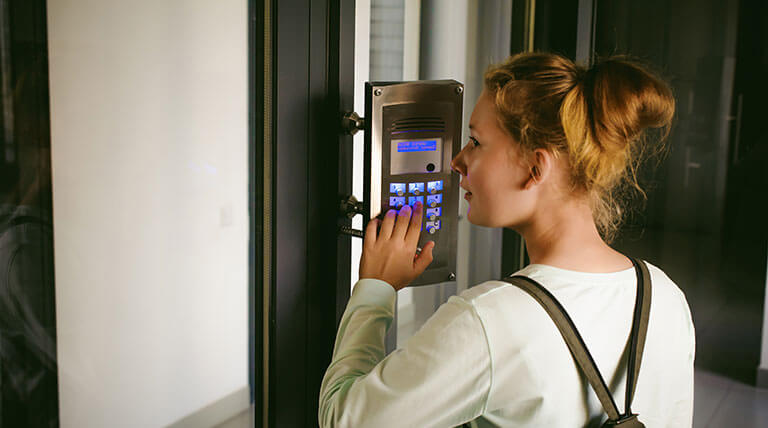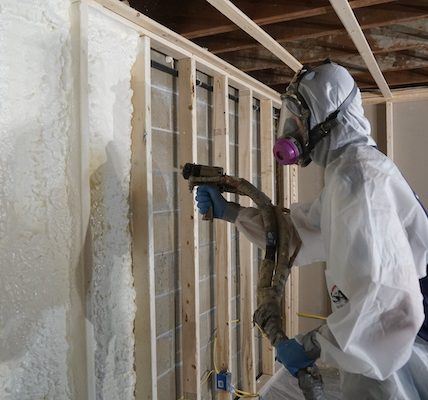Video intercom systems have undergone significant transformations since their inception, evolving from simple audio communication tools to sophisticated systems that integrate advanced technology for enhanced security and convenience. This journey of innovation reflects broader technological advancements and shifting consumer needs. In this blog, we explore the past, present, and future of video intercom systems, highlighting their evolution and the impacts on residential and commercial environments.
The Past: Humble Beginnings and Early Innovations
The origins of intercom systems can be traced back to the early 20th century when basic audio intercoms were used primarily in commercial buildings and large homes. These early systems were rudimentary, relying on wired connections to facilitate direct communication between different parts of a building. They were invaluable for improving internal communication but had limited functionality beyond basic audio exchange.
The first significant leap in intercom technology came with the introduction of video capabilities. In the mid-20th century, video intercom systems began to emerge, albeit in a very primitive form. These systems incorporated small black-and-white monitors and low-resolution cameras, allowing users to not only speak but also see the person at the other end. The integration of video was a game-changer, providing a new layer of security and interaction, particularly useful for identifying visitors at entrances.
However, these early video intercom systems were expensive, bulky, and challenging to install, limiting their accessibility to the general public. They were predominantly found in high-end residential properties, luxury apartments, and important commercial establishments.
The Present: Advanced Features and Widespread Adoption
Fast forward to the present, and video intercom systems have become more sophisticated, accessible, and integral to modern security solutions. The advancements in digital technology, internet connectivity, and smart home integration have revolutionized these systems, making them more efficient and user-friendly.
Today’s video intercom systems boast high-definition cameras, touch-screen monitors, and wireless connectivity. They offer a range of features such as two-way audio, night vision, motion detection, and remote access via smartphones or tablets. These capabilities provide users with real-time monitoring and communication, regardless of their physical location, greatly enhancing security and convenience.
The integration with smart home ecosystems is another significant development. Modern video intercom systems can seamlessly connect with other smart devices such as door locks, security cameras, and lighting systems. This interoperability allows users to create comprehensive security setups that can be controlled and monitored through a single interface. For instance, a homeowner can receive a notification on their phone when someone rings the doorbell, view the live video feed, and remotely unlock the door if needed.
Moreover, the cost of video intercom systems has decreased significantly, making them accessible to a broader audience. Advances in manufacturing and technology have reduced the prices of components, while increased competition in the market has driven down overall costs. As a result, video intercom systems are no longer exclusive to high-end properties but are common in average households and small businesses.
The Future: AI Integration and Beyond
Looking ahead, the future of video intercom systems is set to be even more exciting, with innovations driven by artificial intelligence (AI), machine learning, and the Internet of Things (IoT). These technologies promise to take video intercom systems to new heights, offering unprecedented levels of security, convenience, and automation.
One of the key trends is the incorporation of AI and machine learning algorithms. These technologies enable video intercom systems to analyze video feeds in real-time, recognizing faces, objects, and even behaviors. For example, future systems could identify frequent visitors, alert homeowners about unfamiliar faces, or detect suspicious activities. This intelligent analysis can significantly enhance security by providing proactive alerts and reducing false alarms.
Voice recognition and natural language processing are also set to play a crucial role. With these advancements, video intercom systems could understand and respond to voice commands, making interactions more intuitive. Imagine being able to ask your intercom to show the front door feed, unlock the gate, or call the police, all through simple voice commands.
Furthermore, the integration of IoT will continue to expand the capabilities of video intercom systems. These systems will be able to communicate with a vast array of connected devices, creating an interconnected ecosystem that enhances overall security and automation. For instance, a video intercom could trigger lighting, adjust the thermostat, or activate additional cameras based on specific events or user preferences.
Lastly, advancements in augmented reality (AR) and virtual reality (VR) could open new possibilities. AR overlays could provide users with additional information about their surroundings or visitors, while VR could offer immersive remote monitoring experiences.
Conclusion
The evolution of video intercom systems from basic audio devices to advanced, AI-powered security solutions reflects the rapid pace of technological advancement and the growing demand for enhanced security and convenience. As these systems continue to evolve, they will undoubtedly play an increasingly vital role in both residential and commercial settings. The future holds exciting possibilities, promising smarter, more efficient, and highly integrated video intercom systems that will redefine how we interact with and protect our spaces.





